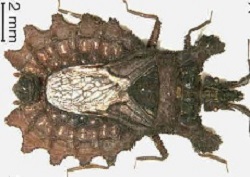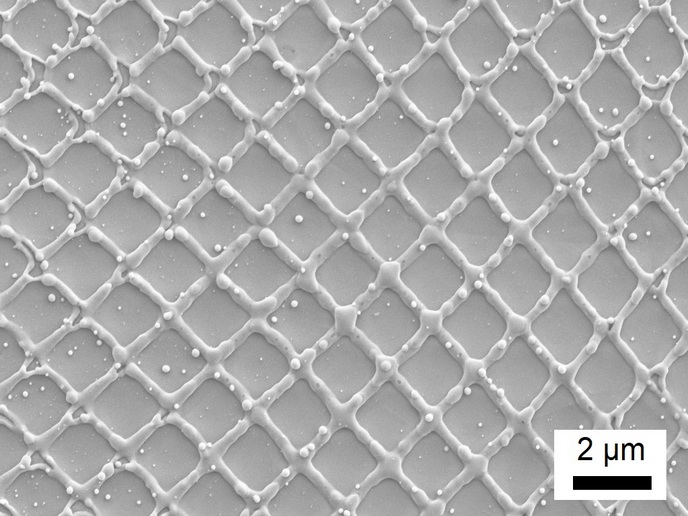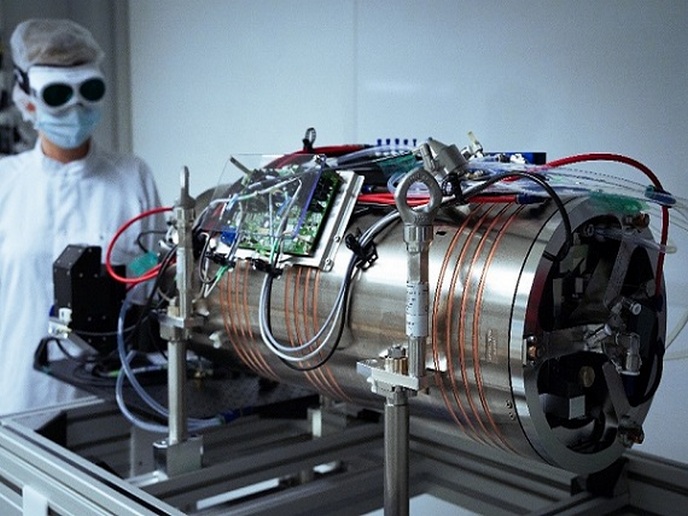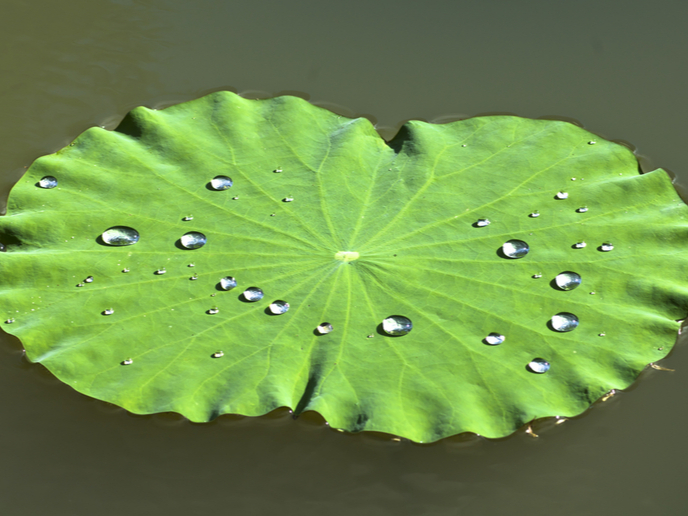Predicting monster waves
The 'Deterministic forecasting of rogue waves in the ocean' (DEROGUE WAVES) project developed the scientific basis for improving the forecasting of rogue waves. Rogue or freak waves comprise short groups of unusually high and steep waves, which seem to come from nowhere. Such waves represent a significant threat to even the largest ships and offshore structures. Although they cannot be prevented, better prediction of their occurrence could save lives. At present, the only way to predict the probability of a rogue wave occurring at a given time and place is through wind wave modelling. Sea waves are inherently random, but situations exist where wave motion may be constrained in a particular way. These include in the presence of currents or above certain types of seafloor, which reduce spatial dimensions and make deterministic forecasting possible. Such situations are typified by a particularly high risk of rogue waves. The project provided a more complete picture of the mechanisms behind rogue waves, thereby improving the basis for their prediction. This was achieved through the application of advanced mathematical techniques and the use of 2D and 3D numerical models. Models were validated using laboratory measurements and in situ and meteorological data to provide a better understanding of the properties and dynamics of extreme short wave groups. This enabled short-term deterministic rogue wave forecasting to be established. An important feature of rogue waves was found to be that they frequently comprise a high crest followed by a deep trough. DEROGUE WAVES also proved the existence of very steep structurally stable solitary wave groups over deep water and identified their key parameters. In addition, the project explained the evolution of individual rogue waves as well as intermittent rogue wave events, which last for a significantly longer time. A theory for waves trapped in fast currents was further developed. Computer simulations were also conducted to confirm the existence of the effect of trapped waves over deep water, causing rogue waves to occur. The project's success will enable scientists to accurately predict not only the probability of a freak wave, but also when, where and what type of rogue wave to expect. This information will help to dramatically reduce the risk to sea farers' lives, ships, and onshore and offshore structures.







